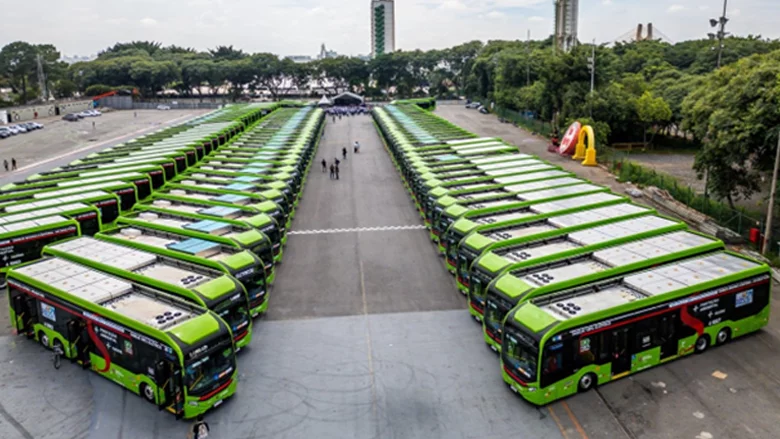Understanding the nature of transit dwell time has potential benefits for both users and operators. In this article, multiple regression models are estimated to analyse the influence of different payment methods, the existence of steps at doors, the age of passengers and the possible friction between users boarding, alighting and standing, on explaining observed variation in dwell times. Using the estimated boarding and alighting average times, performance comparisons are simulated assuming a service with payment outside buses, a prepaid card validated inside buses and cash transactions. Results show the specific effect of all the variables involved in determining the bus dwell time at stops, in particular, that substantial time savings are accruable if payment methods are upgraded from slow techniques, such as cash transactions to the fastest one (fare paid outside buses) while intermediate technologies such as prepaid cards validated inside buses (with or without contact) fall in between. On the other hand, the existence of two steps at the front door makes the boarding process slower, and senior passengers are slower to board and alight than younger travellers. A friction effect was also found when passengers boarding form two queues through a single door, which increases the boarding time for one of the queues; and a crowding effect, as the presence of passengers standing inside the bus slightly slows both boarding and alighting.











